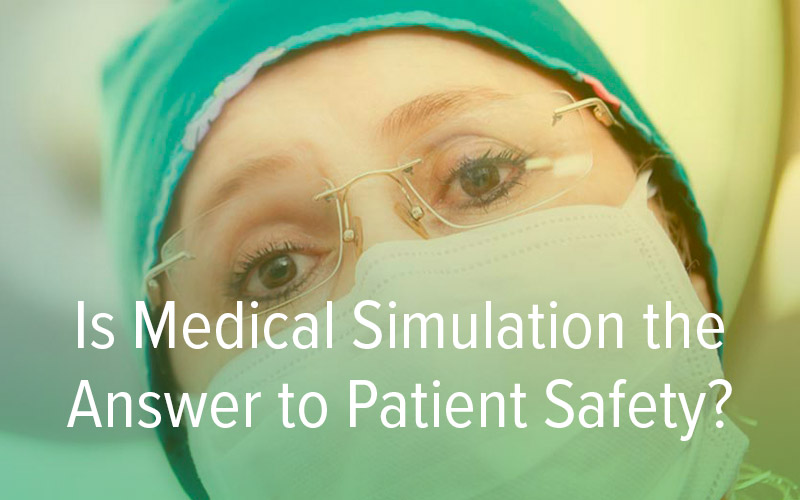
Medical errors stubbornly remain the third-leading cause of death in the U.S. Although medical institutions are investing in new patient safety training, it has not been enough to put a dent in this global problem.
Why is this and what can be done?
Cognitive Learning Behavior
A big part of the problem lies in the fact that traditional classroom training, while inexpensive, is only partially effective because learners will forget 75% of the material in about a week.
Traditional teaching methods employ passive forms of learning, such as lectures and reading. Neuroscientists have found that humans learn more and retain information longer when active and varied learning techniques are used. When learning is made harder, knowledge sticks. (Henry Roediger, author of Make It Stick).
Learning on The Job
Healthcare professionals are expected to take what they have learned in the classroom and apply it on the job. While this practice is common in most professions, in healthcare, the stakes are simply too high.
Healthcare professionals need a safe learning environment to practice and perfect their technique. Simulation-based training seems to be the answer.
Simulation-based Training
Medical simulation training has proven to be 95% effective. Meaning only 5% of the knowledge is forgotten. Simulation-based training gives medical students the opportunity to repeatedly practice a technique until they have mastered it.
“Training that simulates the kinds of demands and changeable conditions that can be expected in real-world settings help learners and trainers assess mastery and focus on areas where understanding and competency need to be raised”, says Roediger.
The benefits of medical simulation-based training are indisputable. In an ideal world, all healthcare providers would experience hands-on training before practicing on an actual patient.
The University of Tennessee Health Science Center has invested in a new a $37 million medical simulation facility opening in the fall. It will house exam rooms, hospital beds, operating tables, residential settings, and even a pharmacy where medical students will receive hands-on training.
Why aren’t more healthcare systems and medical teaching facilities quickly adopting this methodology? Look at that price tag – $37 million.
Healthcare Training Needs to Be Scalable and Affordable
Medical simulation facilities and programs are cost-prohibitive for many medical institutions, yet to significantly reduce medical error, an alternative training solution must be found that is:
- Affordable and scalable.
- Grounded in research on learning behavior.
- Efficient so that healthcare providers spend less time in the classroom and more time on the floor.
An Innovative Approach to Medical Training
Amplifire has developed new ways of measuring knowledge acquisition, content mastery, and retention. Amplifire’s learning management system is different from any other because it:
- Primes the mind for learning using the cognitive technique known as retrieval
- Creates confidence-based questions stimulate focus, thinking, and memory.
- Spotlights risks for the learner and the organization. Through data analytics and heatmap reporting, risks that can lead to poor outcomes are identified and listed by topic, department, or individual.
- Personalizes training, making it less time consuming.
- Presents learners with timely refreshers on the content they are most likely to forget.
The Solution to Improving Patient Safety
There is no one solution to improving patient safety. It will take a combination of training techniques and tools to solve this global healthcare problem. But a learning approach that is scalable and affordable will help healthcare systems move the needle in reducing avoidable patient harm.







